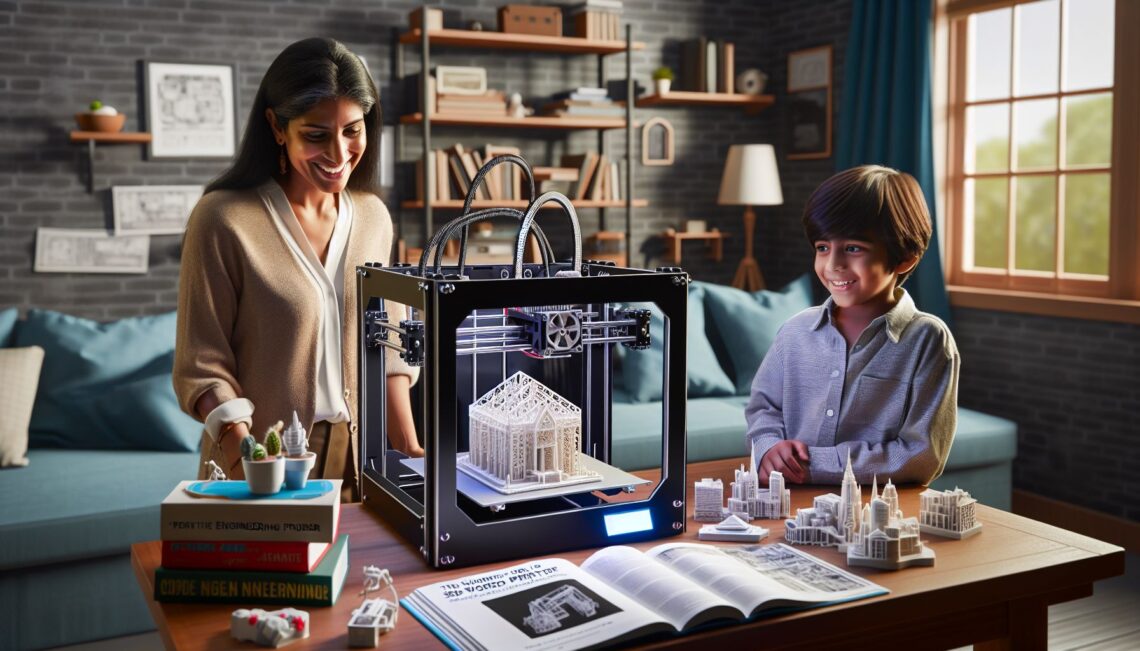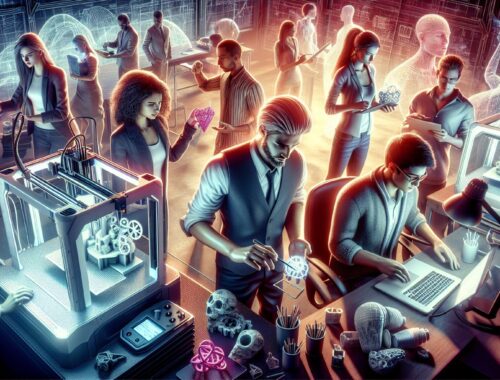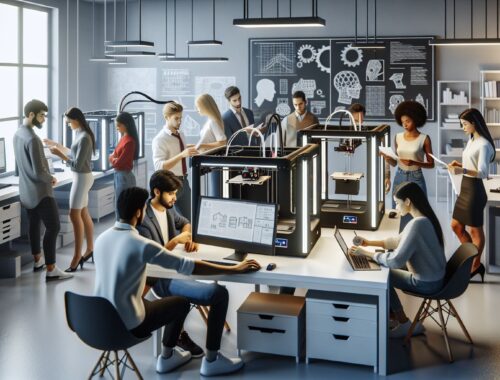
The Wonderful World of 3D Printers: A Parental Guide for Engineering Professionals
As an engineer, you may find yourself amazed at the endless possibilities offered by 3D printing technology. From rapid prototyping to creating intricate designs, 3D printers have revolutionized the way we approach manufacturing and design. However, with so many different types of 3D printers on the market, it can be overwhelming to choose the right one for your needs. In this guide, we’ll explore the various types of 3D printers available and their price ranges, so you can make an informed decision that best suits your engineering projects.
Fused Deposition Modeling (FDM) Printers
FDM printers are one of the most common types of 3D printers on the market. They work by heating and extruding thermoplastic filament layer by layer to create 3D objects. FDM printers are known for their affordability and versatility, making them a popular choice among engineers. Prices for FDM printers can range from $200 for entry-level models to $5,000 for professional-grade machines. While lower-priced FDM printers may lack some advanced features, they are still capable of producing high-quality prints for personal or professional use.
Stereolithography (SLA) Printers
SLA printers utilize a process called photopolymerization to create 3D objects. Liquid resin is cured using a UV light source, resulting in highly detailed and accurate prints. SLA printers are known for their precision and ability to create complex geometries. Prices for SLA printers typically start at around $1,000 for consumer-grade models and can exceed $10,000 for industrial-grade machines. While SLA printers may be more expensive than FDM printers, the level of detail they provide is unmatched, making them ideal for engineering professionals who require intricate designs.
Digital Light Processing (DLP) Printers
DLP printers are similar to SLA printers in that they use photopolymerization to create 3D objects. However, DLP printers use a digital light projector to cure the resin, resulting in faster print times compared to SLA printers. DLP printers are known for their speed and accuracy, making them a popular choice for engineers who require quick turnaround times. Prices for DLP printers can range from $1,500 for entry-level models to $15,000 for high-end machines. While DLP printers may be more expensive than other types of 3D printers, their speed and precision make them a worthwhile investment for engineering professionals.
Selective Laser Sintering (SLS) Printers
SLS printers use a laser to sinter powdered materials, such as nylon or metal, to create 3D objects. SLS printers are known for their ability to create strong and durable parts, making them ideal for functional prototypes and end-use parts. Prices for SLS printers can range from $5,000 for desktop models to over $100,000 for industrial-grade machines. While SLS printers may be costly, the quality of prints they produce and the range of materials they can use make them a valuable tool for engineering professionals working on advanced projects.
Conclusion
In conclusion, 3D printing technology offers a wide range of possibilities for engineers looking to bring their designs to life. Whether you’re looking for an affordable FDM printer for personal projects or a high-end SLS printer for industrial applications, there is a 3D printer that will suit your needs and budget. By understanding the different types of 3D printers available and their price ranges, you can make an informed decision that will help you achieve your engineering goals. So, go ahead and explore the wonderful world of 3D printers – the possibilities are endless!
You May Also Like

The Power of 3D Modeling and 3D Printing: Unlocking Creativity for College Students
November 14, 2023
3D Modeling and Printing: Expanding Possibilities for College Students
November 9, 2023

